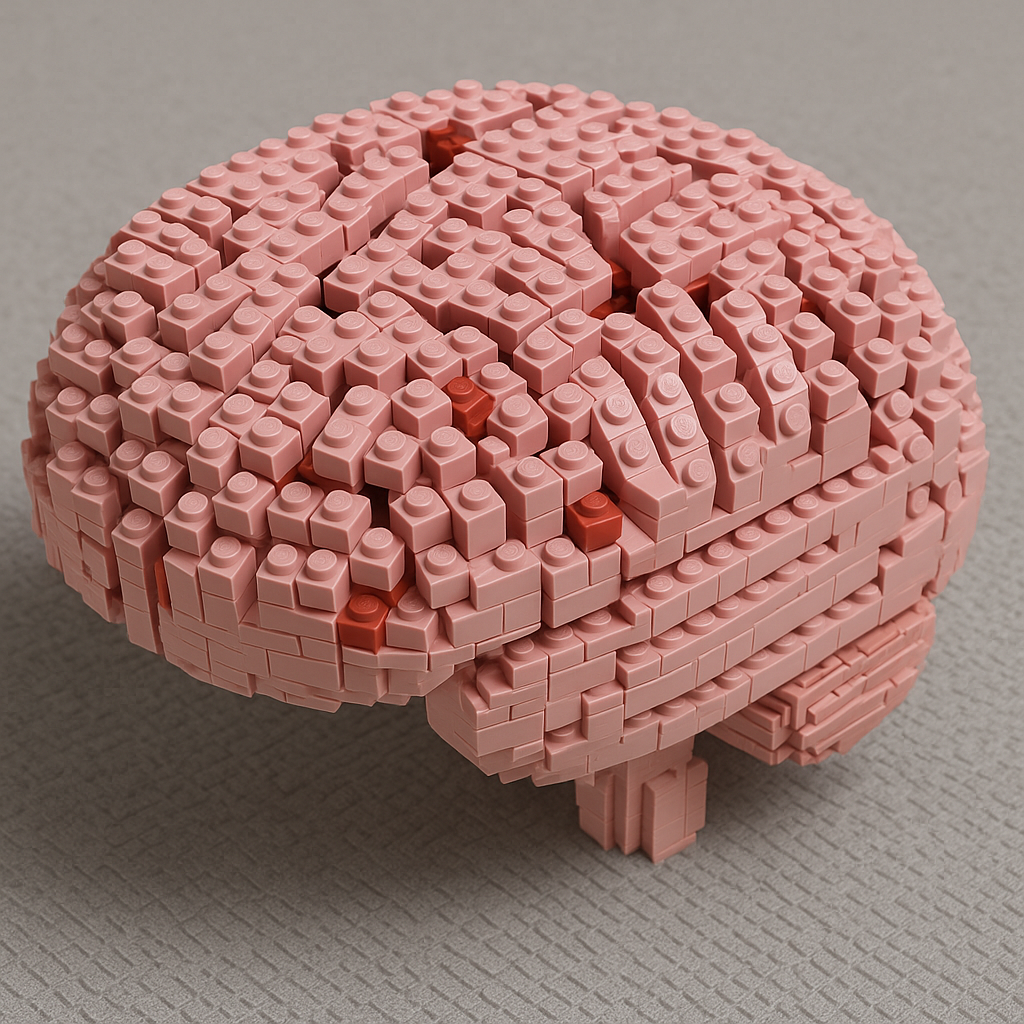Groundbreaking Qudits simulate complex interactions between matter and force fields
A new quantum computer design has helped scientists simulate particle interactions in two dimensions, opening the door to deeper discoveries.

Scientists use a qudit quantum computer to simulate quantum field theory in 2D, revealing new details about particle interactions. (CREDIT: Harald Ritsch)
In the race to uncover the deepest secrets of the universe, researchers are turning to powerful new tools. One of the most promising tools is the quantum computer. It offers a way to explore problems that normal computers simply can't solve. Now, scientists have taken a major step forward by using quantum technology to simulate the complex interactions between matter and force fields.
Cracking the Code of Quantum Fields
At the heart of modern physics lies a grand theory known as the standard model. This model describes the basic building blocks of matter—particles like electrons and positrons—and the forces that act between them. These particles don’t behave like tiny balls, but instead follow strange rules called quantum field theory.
Quantum fields represent particles and their interactions. For example, the electromagnetic force holds charged particles together. These fields have different directions and strengths, much like a weather map showing wind currents. Because of their complexity, simulating these quantum fields has always been extremely difficult.
Even our most advanced supercomputers fall short. Classical computers, including today’s quantum models that use just two states—zero and one—struggle to represent these fields. They require enormous resources and still can't capture all the details. That’s where a new type of quantum computer steps in.
Enter the Qudit Quantum Computer
In a major breakthrough, a team of scientists led by Martin Ringbauer in Austria and Christine Muschik at the University of Waterloo developed a new method using a qudit quantum computer. Unlike normal quantum bits, or qubits, which can be in two states, qudits can hold up to five values at once. This extra space allows scientists to store more information in fewer particles.
“Our approach enables a natural representation of the quantum fields, which makes the computations much more efficient,” says Michael Meth, the study’s lead author.
Related Stories
By using qudits, the researchers successfully simulated a complete quantum field theory in two spatial dimensions. This may sound technical, but it means they could watch how particles interact in a small piece of space that’s more like the real world—not just a simple line, but a full plane.
This achievement opens the door to tackling much larger and more realistic problems in particle physics. It also marks the first time a full quantum field theory in more than one dimension was simulated on a quantum computer.
Observing Forces in Motion
The simulation didn't just model simple particle behavior. It also included magnetic fields between particles, a key part of understanding how forces work. In earlier efforts, researchers had limited particles to move along a single path, like beads on a string. That method could only show limited effects.
Now, with motion in two dimensions, the simulation revealed richer behavior. “In addition to the behaviour of particles, we now also see magnetic fields between them,” says Ringbauer. “This can only exist if particles are not restricted to move on a line and brings us an important step closer to studying nature.”
The team used a technique called a variational quantum eigensolver to prepare the ground state of the quantum system. That’s a fancy term for finding the lowest-energy configuration—the most stable state where particles tend to settle. From this starting point, they studied how particles and force fields evolved over time.
The researchers were even able to observe the creation of particle-antiparticle pairs and measure changes in magnetic energy. These are key events in quantum electrodynamics, the theory that describes how light and matter interact. They also showed how changing the size of the qudit—how many values each quantum unit could hold—affected the outcome. This allowed them to fine-tune the simulation and explore the effects of using different levels of detail.
A Glimpse Into the Future
What makes this study so important is how it points the way toward future discoveries. The scientists believe that adding just a few more qudits will allow them to explore three-dimensional space and even more powerful forces, such as the strong nuclear force. This is the force that holds atoms together and still holds many unanswered questions.
“We are excited about the potential of quantum computers to contribute to the study of these fascinating questions,” says Ringbauer.
The research also builds on earlier work. Back in 2016, the team showed they could create particle-antiparticle pairs using a simplified model. But that earlier version only allowed motion along a straight line. Removing that restriction and adding a second dimension was a major leap forward.
Christine Muschik emphasizes the importance of this step: “In that demonstration, we simplified the problem by restricting the particles to move on a line. Removing this restriction is a critical step to use quantum computers to understand fundamental particle interactions.”
New Paths in Science and Technology
The implications of this work go far beyond just one experiment. This marks a turning point in how quantum computers may shape future research. Instead of relying only on binary qubits, scientists now see a strong future in using qudits—quantum units that offer more flexibility and efficiency.
Qudits reduce the size of the system needed for complex simulations. They also cut down on circuit complexity, meaning quantum computers can do more with fewer steps. This efficiency is vital for near-term quantum devices, which still face limits in their size and reliability.
The new simulation also shows that even today’s limited quantum hardware can do meaningful scientific work. With clever design and the right algorithms, researchers are now able to take on problems that once seemed out of reach.
As this work continues, the hope is to unlock deeper insights into the forces that shape everything—from the smallest particles to the structure of the universe itself. Quantum simulations like this one may help solve long-standing mysteries about how matter forms, how forces interact, and why the universe looks the way it does.
Research findings are available online in the journal Nature Physics.
Note: The article above provided above by The Brighter Side of News.
Like these kind of feel good stories? Get The Brighter Side of News' newsletter.



